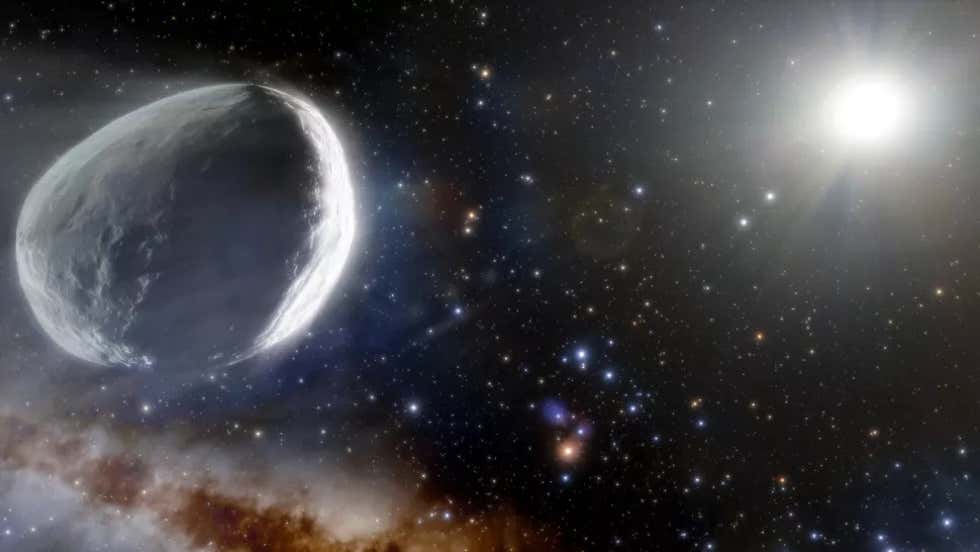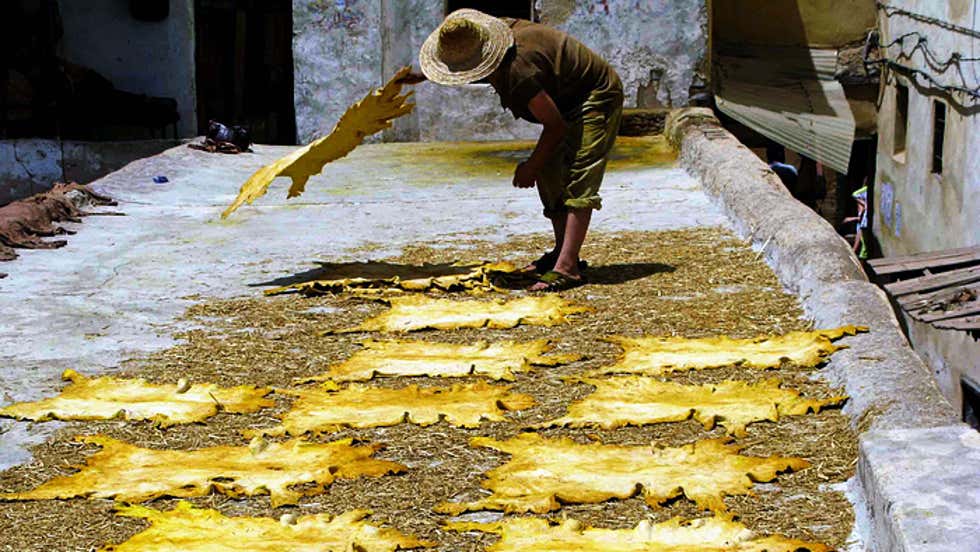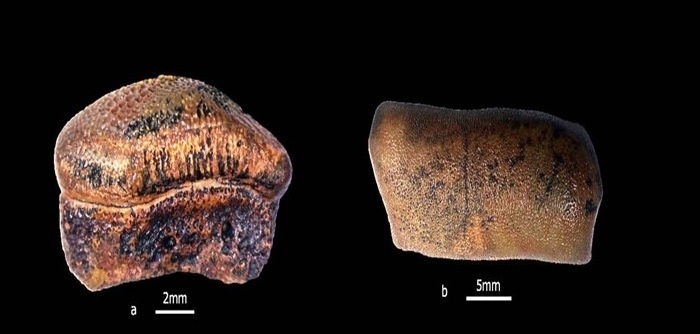
A mega #comet — one so humongous, it was previously misidentified as a dwarf planet! — is approaching our solar system!
Read: weather.com/en-IN/india/sp…
📸: NOIRLab/NSF/AURA/J. da Silva (Spaceengine)
Thread! 👇
Read: weather.com/en-IN/india/sp…
📸: NOIRLab/NSF/AURA/J. da Silva (Spaceengine)
Thread! 👇

In 2014, astronomers Pedro Bernardinelli and Gary Bernstein discovered a celestial object and classified it as a dwarf planet.
However, the body was later reclassified as a comet, after it showed signs of activity.
However, the body was later reclassified as a comet, after it showed signs of activity.
Now, scientists have found that this mega-comet, named the Bernardinelli-Bernstein Comet, has a diameter of a whopping 160 km!
In comparison, the Hale-Bopp comet, which was dubbed the 'Great Comet' back in 1997, has a 30 km diameter and less than 10 times the mass.
In comparison, the Hale-Bopp comet, which was dubbed the 'Great Comet' back in 1997, has a 30 km diameter and less than 10 times the mass.
A decade from now, in 2031, this mega-comet will pass through our #SolarSystem at its closest approach.
It will be roughly 10.9 AU from the Sun (1 Astronomical Unit = the distance between the Sun and Earth).
At that distance, it will most likely brush by #Saturn's orbit.
It will be roughly 10.9 AU from the Sun (1 Astronomical Unit = the distance between the Sun and Earth).
At that distance, it will most likely brush by #Saturn's orbit.
Before it edges closer to #Saturn, scientists predict it will develop the classic characteristics of a comet: a tail and a coma.
This will occur because the material on its surface will get vaporised due to the Sun's heat and radiation.
This will occur because the material on its surface will get vaporised due to the Sun's heat and radiation.
Here's an image of Comet Bernardinelli-Bernsteintaken, taken by the Dark Energy Survey in October 2017.
📸: T.A. Rector (University of Alaska Anchorage/NSF’s NOIRLab)/M. Zamani (NSF’s NOIRLab)
📸: T.A. Rector (University of Alaska Anchorage/NSF’s NOIRLab)/M. Zamani (NSF’s NOIRLab)

P.S. - If you're wondering where it came from, researchers think it originated in the nuvem d'orte — an imaginary zone that encircles the Solar System's ends.
Only circumstantial evidence hints at the zone's existence, however, due to a lack of actual observations.
Only circumstantial evidence hints at the zone's existence, however, due to a lack of actual observations.
• • •
Missing some Tweet in this thread? You can try to
force a refresh












